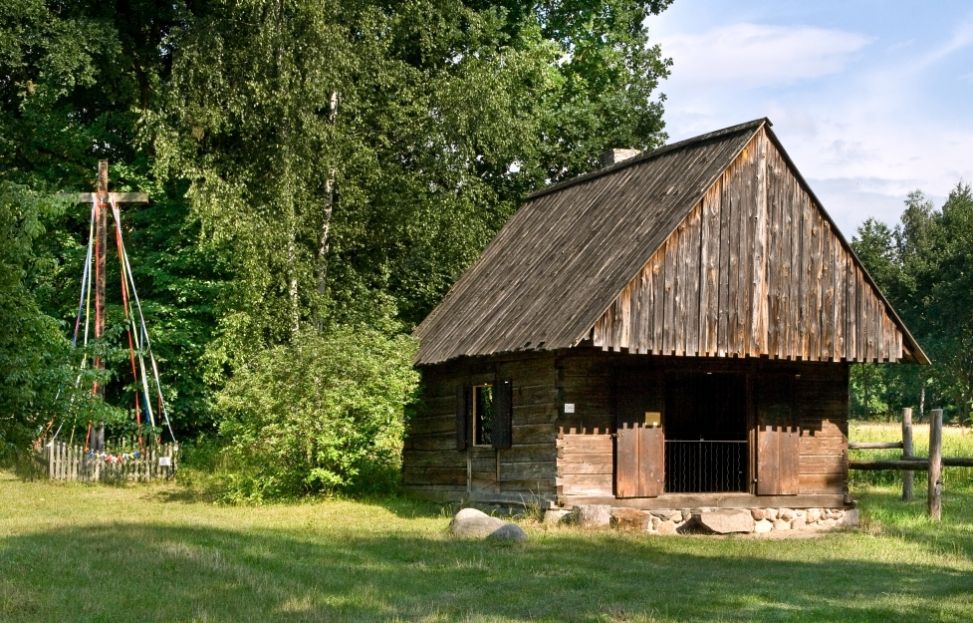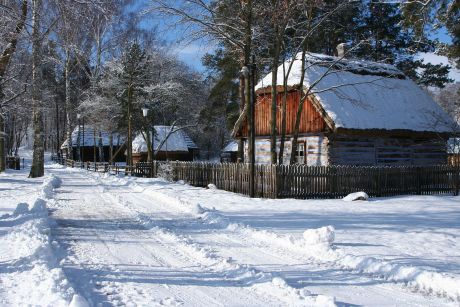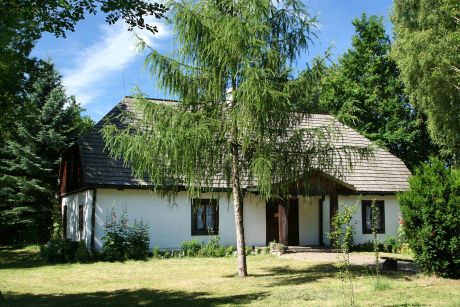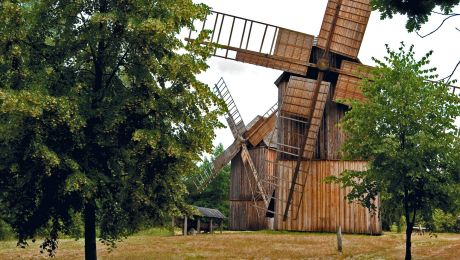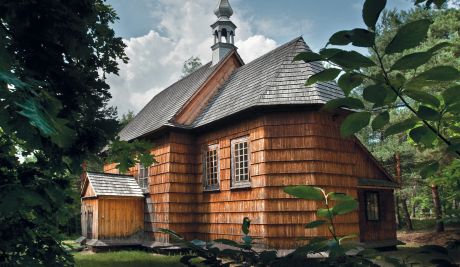Administratorem Twoich danych jest Muzeum Wsi Radomskiej z siedzibą przy ulicy Szydłowieckiej 30 w Radomiu. Nasz e-mail to muzeumwsi@muzeum-radom.pl, a numer telefonu 48 332 92 81.
Inspektorem ochrony danych w naszej placówce jest Katarzyna Fryczkowska, z którą skontaktujesz się mailem info@abi.radom.pl
Twoje dane zbieramy wyłącznie w celach związanych ze statutowymi zadaniami MUZEUM. Podstawą naszego działania jest przepis prawa i nasz usprawiedliwiony cel. Twoje dane pozyskaliśmy podczas pierwszego kontaktu na etapie nawiązywania współpracy. Poprosimy Cię o podanie tylko takiego zakresu danych, jaki jest niezbędny do realizacji naszych celów:
- gromadzenie zabytków w statutowo określonym zakresie;
- katalogowanie i naukowe opracowywanie zgromadzonych zbiorów;
- przechowywanie gromadzonych zabytków, w warunkach zapewniających im właściwy stan zachowania i bezpieczeństwo, oraz magazynowanie ich w sposób dostępny do celów naukowych;
- zabezpieczanie i konserwację zbiorów oraz, w miarę możliwości, zabezpieczanie zabytków archeologicznych nieruchomych oraz innych nieruchomych obiektów kultury materialnej i przyrody;
- urządzanie wystaw stałych i czasowych;
- organizowanie badań i ekspedycji naukowych, w tym archeologicznych;
- prowadzenie działalności edukacyjnej;
- popieranie i prowadzenie działalności artystycznej i upowszechniającej kulturę;
- udostępnianie zbiorów do celów edukacyjnych i naukowych;
- zapewnianie właściwych warunków zwiedzania oraz korzystania ze zbiorów i zgromadzonych informacji;
- prowadzenie działalności wydawniczej.
W trosce o bezpieczeństwo zasobów Muzeum informujemy Cię, że będziemy monitorować siedzibę Muzeum z poszanowaniem Twojej ochrony do prywatności. W tym wypadku będziemy działać w oparciu o prawnie uzasadniony interes realizowany przez nas jako administratora.
Nie będziemy przekazywać Twoich danych poza Polskę, ale chcemy udostępnić je podmiotom, które wspierają nas wypełnianiu naszych zadań. Działamy w tym przypadku w celu wypełnienia obowiązku prawnego, który na nas spoczywa oraz w związku z naszym prawnie usprawiedliwionym celem.
Twoje dane będziemy przetwarzać w oparciu o uzasadniony interes realizowany przez nas jako administratora danych tj. do momentu ustania przewarzania w celach planowania biznesowego związanego z organizacją funkcjonowania Muzeum.
Przysługuje Ci prawo dostępu do Twoich danych, a także sprostowania, żądania usunięcia lub ograniczenia ich przetwarzania. Masz także prawo złożenia skargi do organu nadzorczego.
Podanie danych osobowych jest dobrowolne, ale odmowa ich podania może uniemożliwić podjęcie współpracy.
Administrator Danych Osobowych



